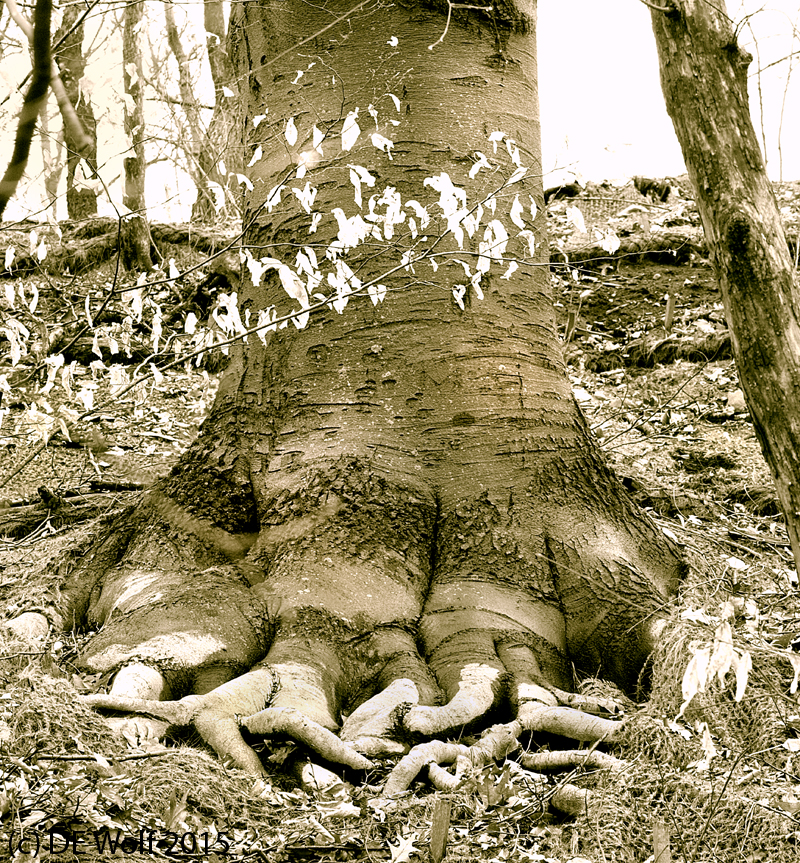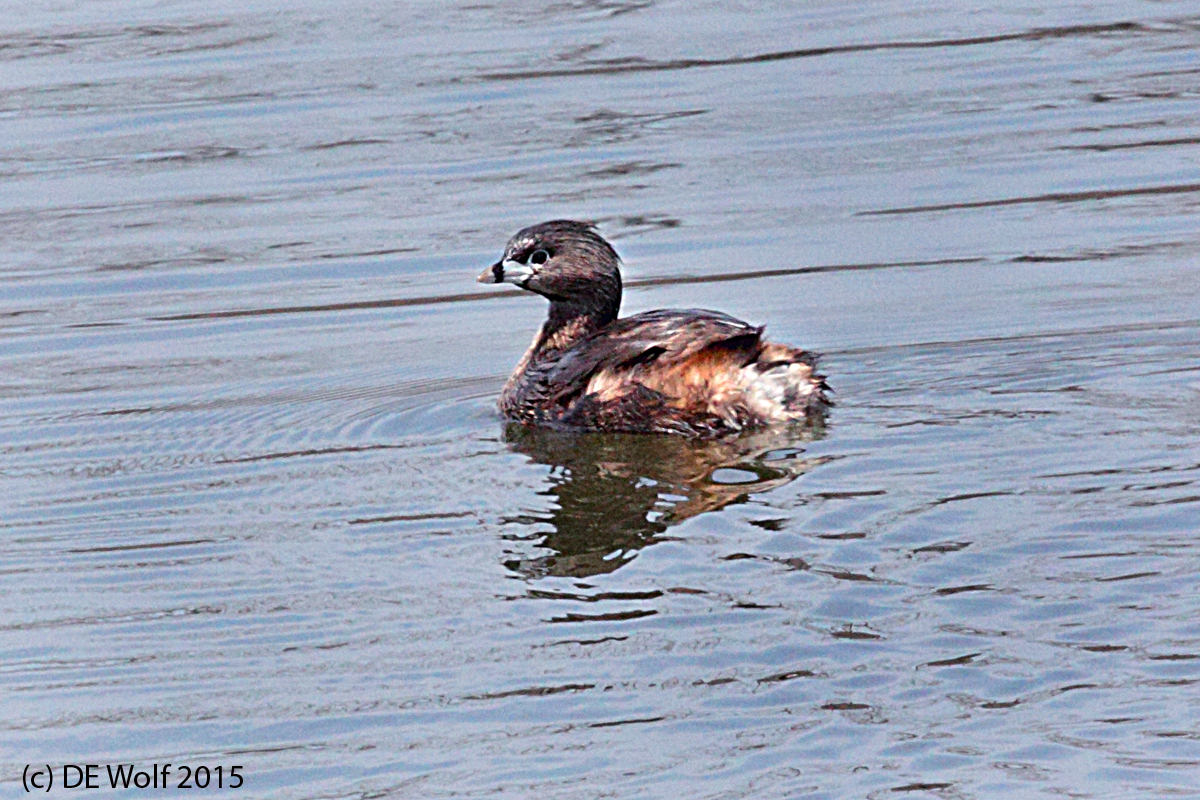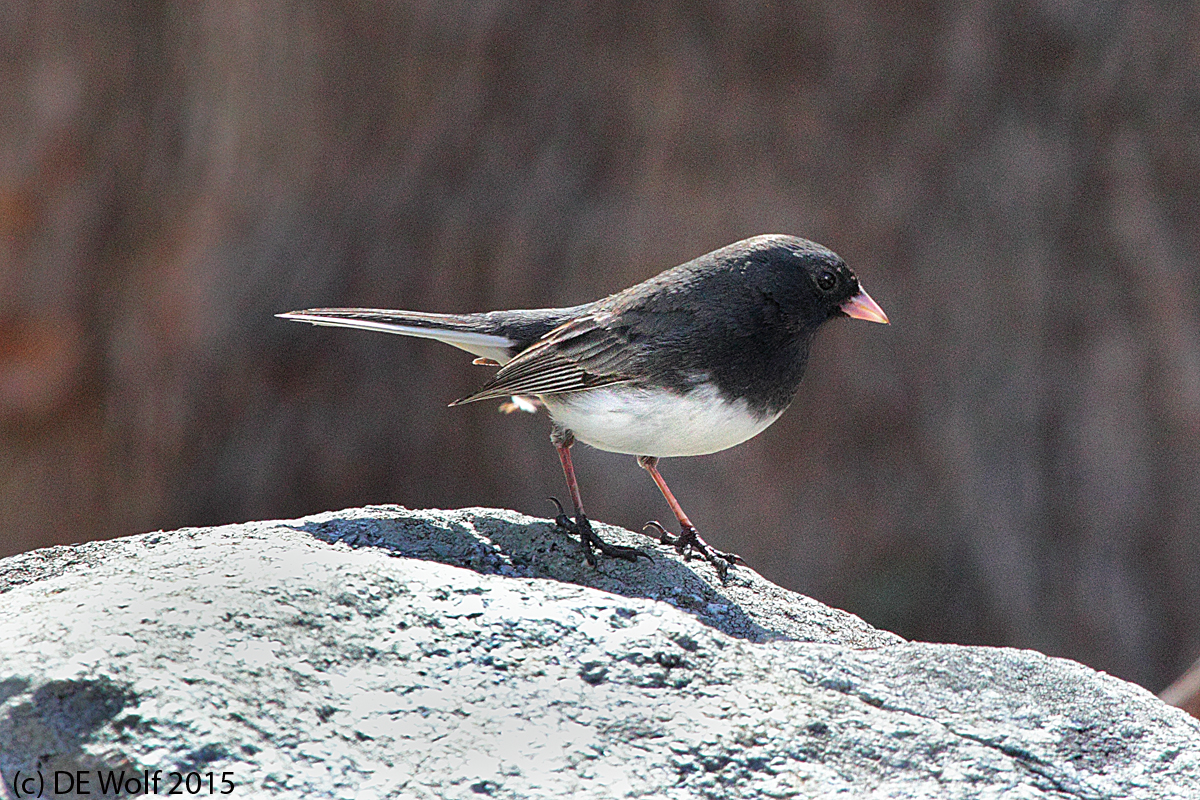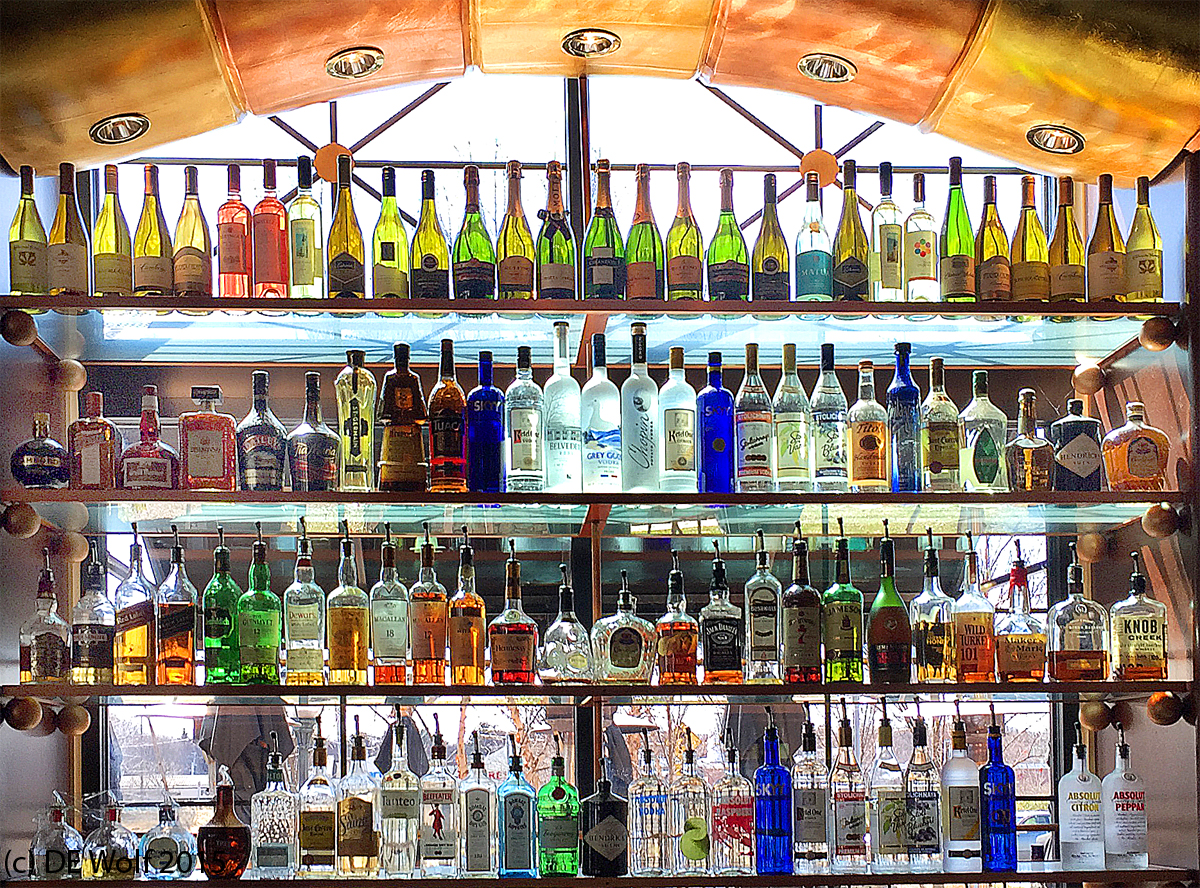Last week the trailer for the new Star Wars movie, “The Force Awakens” was released and the world is once again gripped in Star Warsamania, or some such variation. Anyway on Sunday night I was looking for something light and appealing in the world of photography to cap off the week, when I discovered that Madame Tussaud’s Wax Museum in London is launching a special exhibit to celebrate star wars. What could be better. As a preview there is a wonderful set of photographs on the official Madame Tussaud’s site. So now you may find Jabba the Hut holding Princess Leia captive in chains, and Yoda in the Dagobah Swamp (he be) and all of your favorites. The exhibit is meant to be an “immersive experience.”And there is something really other worldly and incongruous to see modern day people putting the finishing touches on these brilliant waxworks.
In the midst of Avalon
In New England there are two Avalons. The first, or earliest, refers to Avalonia, which was microcontinent that developed as a volcanic arc on the northern margin of the Paleozoic continent of Gondwana. It eventually rifted off, becoming a drifting micro-continent. Some of the oldest rocks of Western Europe, Atlantic Canada, and parts of the coastal United States, including parts of Maine and the North Shore of Massachusetts, are Avalonian in origin. Most directly, Avalonia is named for the Avalon Peninsula in Newfoundland. But of course, there is a deeper and much more mythic meaning that derives its origins from the ancient legends of the English speaking peoples.
This is the epic story of King Arthur and the mythic mist enshrouded island referred to as “Avalon.” Avalon was ruled by ” The Lady of the Lake.” There were several Ladies of the Lake. It was the second, Ninianne, who gave King Arthur the sword Excalibur. But it was the first Lady of the Lake, Viviane, who was taught her magic by the great wizard, Merlin. Merlin became enamored of Viviane. But virtuously and cleverly she refused to give him her love until he had taught her all his secrets. Then she used these powers to entrap him forever in the trunk of a tree. Most significantly, and fatalistically Merlin, who had the power to see the future, knew that this would happen, but he was powerless to prevent it. This, I suppose, means that ultimately she was the more powerful sorceress.
A couple of weeks back, I was walking around Fresh Pond in Cambridge and was thinking first about its geological history as a glacial kettle pond. But then I was taken by the still dampness of the mist and the way that light, sky, and water interacted. These are always different. It felt particularly magical on that day, and I was taken (Figure 1) by a tree branch, perhaps a stick figure, protruding through the calm surface of the pond and I thought of the Lady of the Lake, of Viviane. And nearby there was an ancient tree (Figure 2) that was damp from rain and there were strange roots that enabled it to cling to the slope of the hill and seemed to indicate that there was something magical and other worldly about this particular tree. This made me think of Merlin’s tree. All of this lasted only a few minutes, as most moments of mythic awareness do, before I was drawn inevitably back to the realities of the present, to ISO, f-settings, and exposure times and to the need to return to work.
Figure 1 – Canon T2i with EF70-200mm f/4L USM lens hand-held at 70 mm, ISO 1600, Aperture-Priority AE mode at 1/800th sec at f/10.0 with + 1 exposure compensation.
Figure 2 – Canon T2i with EF70-200mm f/4L USM lens hand-held at 70 mm, ISO 1600, Aperture-Priority AE mode at 1/200th sec at f/10.0 with + 1 exposure compensation.
Pied-eye grebe – Podilymbus podiceps
I have been chasing the little fellow in Figure 1 for the last couple of weeks in hopes of getting a decent photograph of what I thought was an American Coot. He is in fact a pied-eye glebe. The give away was the fact that his eyes were not red like those of a coot, and his bill, while white, had that little black band. But what of pied-eye and what does it have to do with the pied piper? Pie comes from the black and white magpie, and pied appears to means blotchy. As for the piper, that medieval pedophile, who lured children into the woods, he is described and depicted in clothes of many colors.
The image of Figure 1 is the best that I have been able to manage so far, as I have yet to get very close to the little fellow. I think that the grebe falls under the category as to be so ugly or plain as to be beautiful. Certainly the eyes and face are appealing, as is the modesty of his tail.
As for identification of birds, I’d like to suggest for those of you interested in such things a clever, a free cell phone App from my alma mater, Cornell University, called the Merlin Bird ID App. It asks for the date, your location, and a few questions about the bird and then gives you pictures of the most likely candidates. You then confirm which one is correct and this feeds back to the folks at the Sapsucker Woods Ornithology lab to improve the App’s accuracy. It nailed the grebe immediately. I think that it is also worth mentioning that even when you get a Bad” or “failed” photograph of a bird that your not sure of, the photograph is a tool onto itself in providing details that you might otherwise have not seen or not recorded in your mental note.
Canon T2i with EF70-200mm f/4L USM Lens hand-held at 200 mm, ISO 1600, Aperture-Priority AE mode at 1/1600th sec at f/10.0 with + 1 exposure compensation and center auto focus.
Geese and espresso
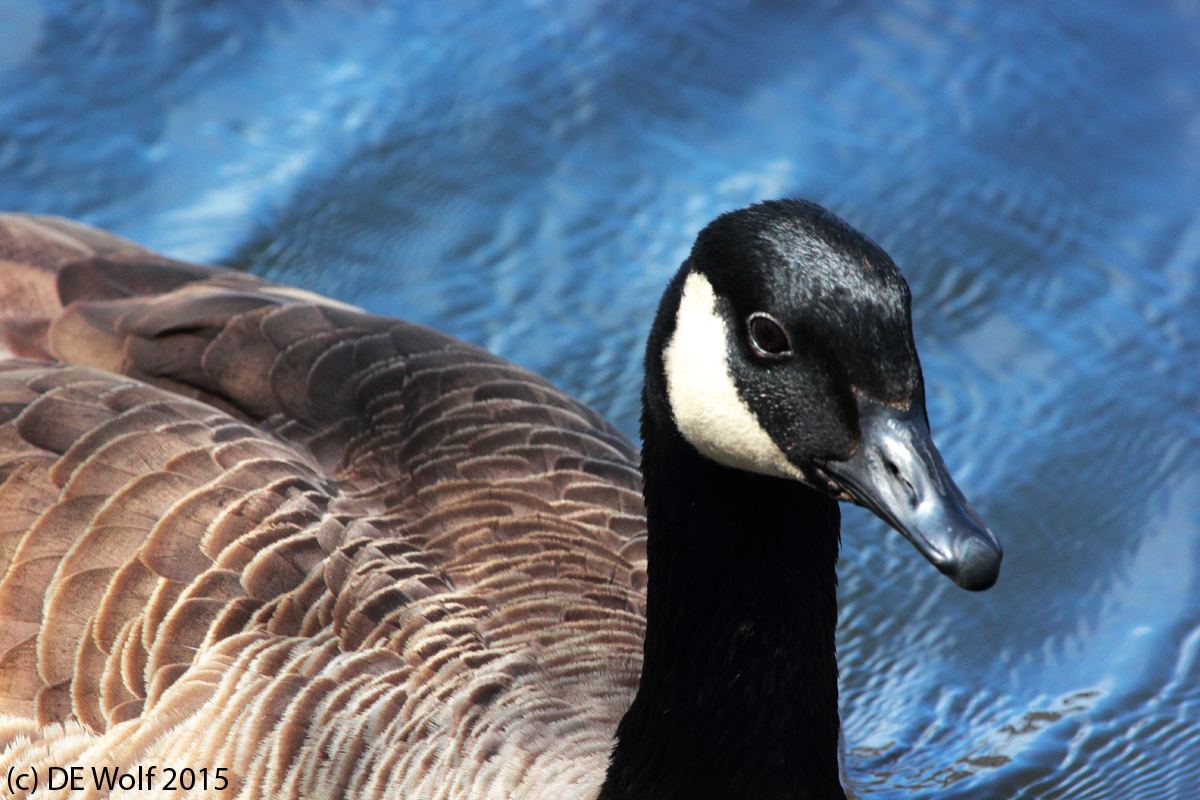
Figure 1 – Canadian Goose (Branta canadensis), Black’s Nook, Fresh Pond Reserve, Cambridge, MA, April 2015, (c) DE Wolf 2015.
Well, we can all relax now, the espresso machine has made it to the International Space Station. No really! Nobody is more sympathetic than I to the need for strong coffee in the morning. I don’t know what it cost to design and make this machine, but I do know that if it was say about a pound it probably cost about $1,000 to get it there. Anyway, such are the necessities of manned and womanned space travel.
As for me I have been enjoying the onset of spring, finally, and have been furiously, perhaps obsessively, photographing the birds at Fresh Pond. I am still trying to figure out the vagaries of taking photographs at 640 mm. This is really not a game for sissies! So the other day around noon, I am taking photographs of the courting Canadian geese on Black’s Nook, when one of the geese makes a v-line towards me. I took this photograph at a meter or two at full 400 mm (which is 640 mm effective) on my zoom. I finally figured out why he came so close. Black’s Nook is a favorite nature spot for school children as well as pre-schoolers, and some of them when the park rangers aren’t around feed them bread. Or, more likely, the rangers look the other way. So this guy saw me as a meal provider not as a threat.
But I was pleased by how the photograph came out; so I share it here as Figure 1. I like this kind of quirky angle and I particularly like the velvety blackness of the goose’s beak as well as the color of the sky reflected off the water.
Canon T2i with EF100-400mm f/4.5-5.6L IS USM Lens hand-held at 400 mm IS on, ISO 1600, Aperture-Priority AE mode at 1/1000th sec at f/10.0 with no exposure compensation and manual focus.
What were you thinking?
You may recall from the hit musical “Auntie Maime” that Maime’s husband dies while they are on their honeymoon because he backs up too far while climbing the Matterhorn to get a picture. It stands as an important literary reminder to photographers everywhere that they should be careful when taking pictures. Yesterday I almost fell with my camera because I backed up into a rock on the ground. The photograph is not worth your safety. Tell that to war correspondents everywhere!
Case in point, is Pakistani photographer Atif Saeed, who captured this absolutely incredible image of a snarling lion at a wildlife park outside of Lahore. He had slowly crept out of his car’s open door. Wait a minute it was night time, you know dinner time for the lion family. Mr. Saeed sat on the ground taking pictures at what he called “a stone’s throw” from Mr. Lion and was forced to make a very hasty retreat when the lion saw and sprung at him. After all that is what lions do.
I have a colleague, Dr. Kenneth Spring, who wrote an autobiography detailing his summers in Onset, Massachusetts, where as a boy he did well crazy boy things, often verging on the suicidal. Fortunately, for the field of biophysics Ken survived. He is retired now and building and restoring Small Open Boats (SOB) on Maryland’s eastern shore. His memoirs are titled after what his mother would see when he came home from near disaster. Ken, “What were you thinking?” So, while I admire the photograph hugely, I have to ask Atif, “What were you thinking?”
Attack on the drones
We have spoken a lot here about drones and how they are changing photography. Also, I will remind you before we go any further that they are an inevitable up and coming fact. So if you are a Miniver Cheevy about technology, get over it! The invasion of the drones has begun and, yes, there are a lot of issues to be worried about. But, the drones are protecting African wildlife from poaching.
Well, the Royal Burgers’ Zoo in Arnhem, the Netherlands was using a drone to take footage of its ape enclosure. Most of the chimpanzee’s accepted the photographing drone after a few minutes. But not a young female named Tushi who waited patiently on a platform with a long branch hidden behind her back. Remember that chimps use tools and with this weapon Tushi knocked out the $2000 drone with a couple of whacks. She then proceeded to jump on it and dismember it of some propellers. All of this was caught by the drone’s camera. This ape for one is saying no to this troublesome human technology. Can the Planet of the Apes be far behind?
Dark eyed junco – Junco hyemalis
All winter long I have been trying to get a decent photograph of a dark eyed junco (Junco hyemalis). The problem with him is within his name. His eye is so dark as to be often invisible, especially when he is photographed against the snow, where the contrast can be overwhelming. Still this little sparrow is a very appealing little bird. The males have this dramatic slate color to them, that is truly anything but drab.
On Sunday I continued experimenting with by big lens. I have discovered it works a lot better when manually focused. This actually proved not be as difficult as I thought. I had positioned myself in a lawn chair in front of my feeder. I had read that birds are not as wary of you when you are seated as opposed to standing. Well so much for that theory. Still this littel guy was gregarious enough to pose for a photograph. The lack of snow enabled me to eliminate the need for overexposure, and remarkably the image of Figure 1 was taken hand-held. I used every post=processing trick that I know of to get the image to come out right, that is with a clearly visible eye.
Canon T2i with EF100-400mm f/4.5-5.6L IS USM Lens hand-held at 400 mm IS on, ISO 1600, Aperture-Priority AE mode at 1/500th sec at f/10.0 with no exposure compensation and manual focus.
The altar of the god EtOH
As I have said before the good thing about cell phone cameras is that they are always with you- always ready to take a photograph. The bad thing, of course, is their lack of control, especially optical zoom. Still while the world awaits the new cell phones with this zoom feature, we may be content to photograph within the camera’s limitations – after all the camera’s limitations are really our own. Now doesn’t that smack of profundity?
Saturday, my wife and I were having lunch at The Cheesecake Factory – made newly famous, I suppose, by Penny and Bernadette on “The Big Band Theory.” The CheeseCake Factory decor is faux or pseudo-Egyptian. suppose that this is meant to conjure up exotic mental images of a twenties style speakeasy, when the world was gaga about the discovery of King Tut’s tomb. I was struck yesterday by the backlighting on all of the liquer bottles at the bar. It required quite a bit of roatting and tilting to get the perspective right. That, thanks to Adobe Photoshop, and then there was the cropping. the result of all of this is Figure1, which in tribute to the Egyptian polytheist view of the world I have dubbed: “The Altar of the god EtOH.”
Two presidents
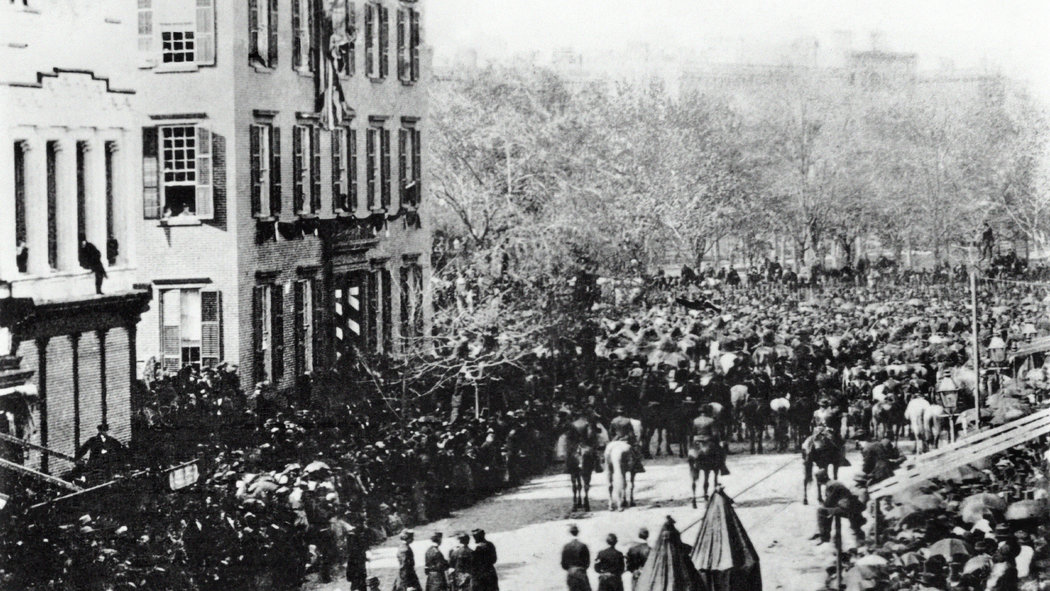
Figure 1 – Theodore and Elliott Roosevelt watching the Lincoln Funeral procession approaching Union Square in NYC, April 1865. In the archives of the New York Historical Society and in the public domain because of its age.
Yesterday, April 12, 2015, was the 150th anniversary of the assassination of Abraham Lincoln. The death of the leader who had brought his nation through the tragedy of a great and cataclysmic civil war only to fall victim just two days later is, of course, the mythic substance that legends are made of. And Americans have long wondered how things might have been different or even if they would have been different.
Lincoln was president at a time when photography was coming into its own, as a campaign tool, and yes, as a critical part of legend building. In commemoration of the date, I thought that I would share a very famous image of the Lincoln funeral procession approaching Union Square in New York City in April (24th or 25th) 1865. If you look very closely at the second story window of the building shown, you will see two you boys watching the funeral They are six year old Theodore Roosevelt and his brother Elliott.


